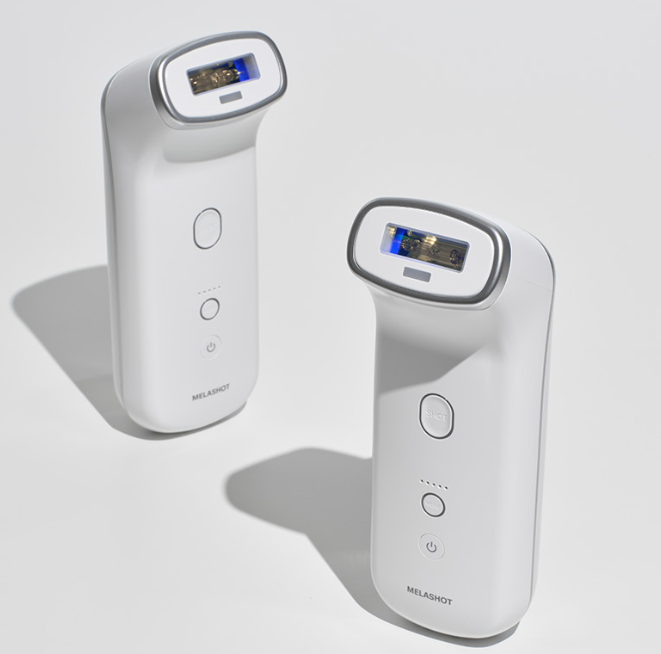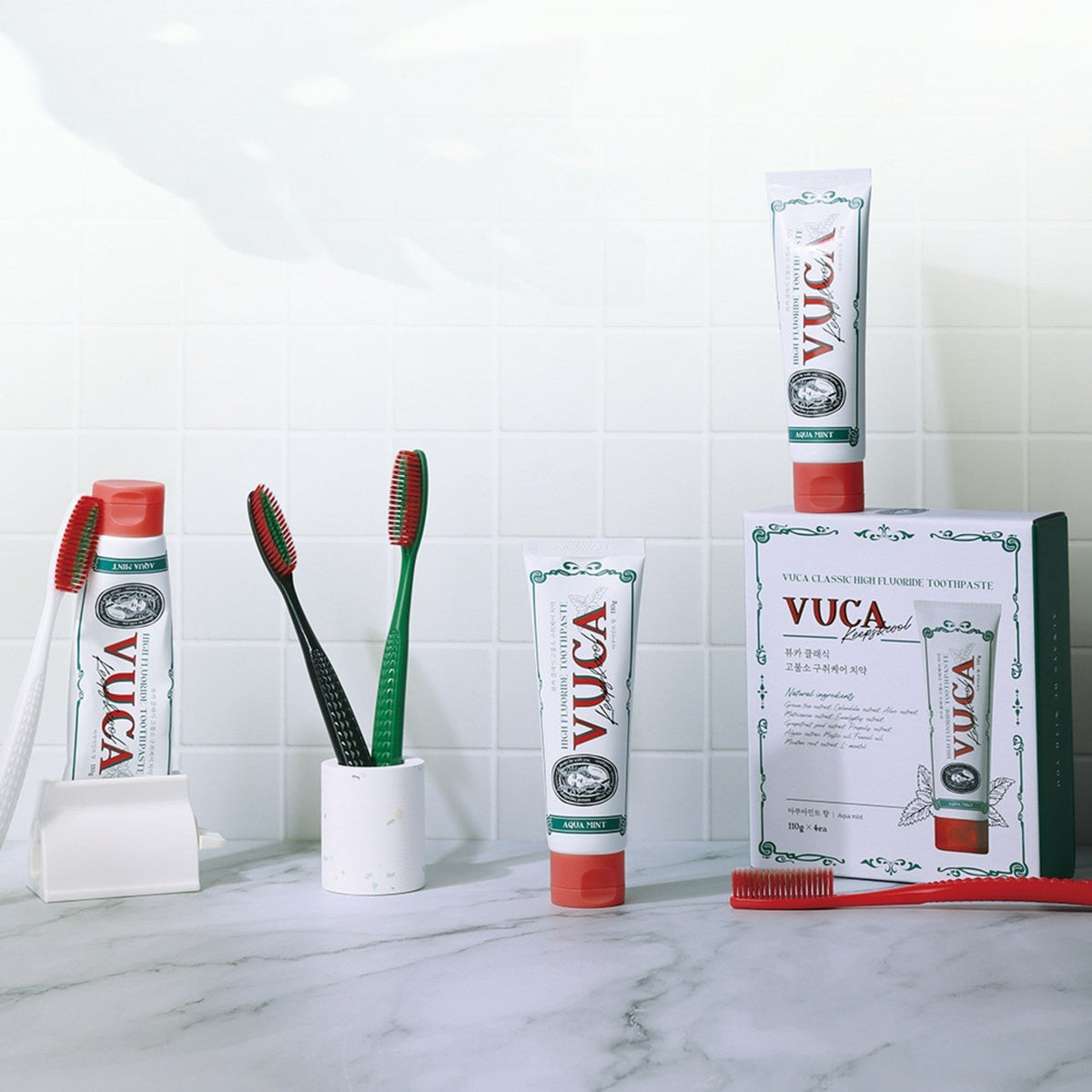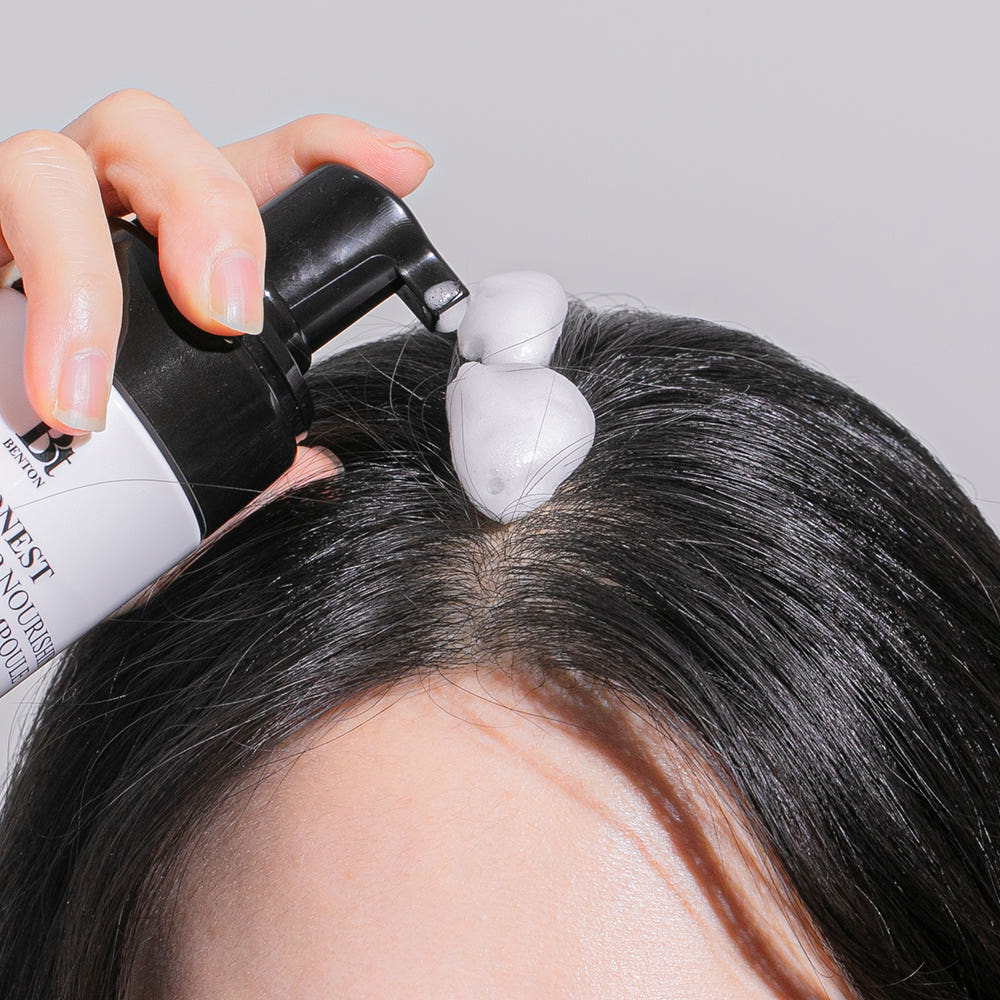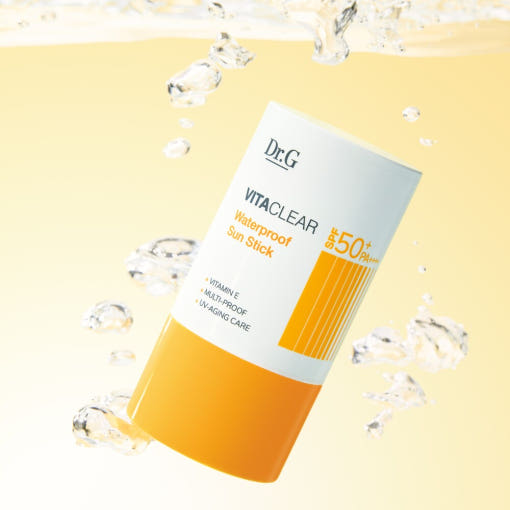Introduction: The Global Reign of K-Beauty
In the last decade, Korean beauty—affectionately known as K-Beauty—has reshaped the global skincare landscape. Once considered a niche trend, it has now become a global movement influencing how consumers worldwide approach skincare, self-care, and even wellness.
From the iconic 10-step skincare routine to revolutionary product formulations, Korean innovation has made beauty more inclusive, accessible, and science-driven. In 2025, Korea continues to stand at the forefront of cosmetic technology, leading the way with next-generation ingredients, AI skincare diagnostics, eco-friendly packaging, and smart formulations that adapt to your skin.
Let’s explore the top Korean beauty innovations transforming the skincare world in 2025 — and why these trends are setting new global standards.
1. Skin Microbiome Revolution: Balancing from Within
One of the biggest skincare breakthroughs in 2025 is microbiome-focused skincare — a K-Beauty innovation that prioritizes the skin’s ecosystem rather than just its surface.
Korean researchers discovered that healthy skin microbiota are essential for preventing premature aging, acne, and inflammation. Now, brands like Amorepacific, Dr. Jart+, and Manyo Factory are using probiotics, prebiotics, and postbiotics in serums and toners to balance skin flora naturally.
Why it matters:
-
Promotes resilience against environmental stressors
-
Reduces sensitivity and redness
-
Improves overall skin barrier function
Global impact:
Western brands are quickly catching up, but Korean products like Manyo Factory’s Bifida Complex Ampoule and Missha Time Revolution line remain the gold standard.
2. AI-Powered Personalized Skincare
Technology has always been at the heart of K-Beauty innovation. In 2025, AI-driven skin analysis has become mainstream in Korea.
Apps and smart mirrors powered by Korean tech firms can now analyze your skin condition in real time, recommend personalized routines, and even adjust formulations based on daily environmental data like humidity, UV exposure, and stress levels.
Example Innovations:
-
Amorepacific’s “Tailored Serum Factory” lets consumers create customized ampoules on the spot.
-
Lululab’s Lumini AI Mirror scans the face and suggests K-Beauty products based on current skin data.
This level of personalization ensures no two routines are alike — the next frontier in true “smart beauty.”
3. Vegan and Clean Beauty: Redefining Purity
K-Beauty was once known for fun packaging and unique ingredients like snail mucin and bee venom. But 2025 marks a turning point: vegan, cruelty-free, and EWG-safe formulations now dominate the market.
Consumers globally are demanding transparency and sustainability. Korean brands have responded with plant-based actives, upcycled ingredients, and biodegradable packaging.
Leading examples:
-
Torriden uses marine algae and vegan hyaluronic acid for deep hydration.
-
Abib and Beauty of Joseon focus on heritage herbal blends made with sustainable farming methods.
Key trend: “Skinimalism” — minimal yet effective skincare, replacing 10 steps with 3 potent products.
4. Smart Textures & Transformative Formulas
Korean R&D continues to lead in texture innovation — transforming how skincare feels and performs.
From jelly-to-cream moisturizers to powder-to-serum essences, the focus is on multi-sensory, quick-absorbing, and adaptive formulations. These products adjust to temperature and humidity, ensuring optimal absorption year-round.
Examples:
-
Laneige Water Bank Blue Hyaluronic Cream that transforms upon touch.
-
Sulwhasoo’s Concentrated Ginseng Renewing Serum EX that delivers double-layer nutrients with an instant lift.
The tactile pleasure of Korean skincare isn’t just aesthetic — it’s science married with self-care.
5. Heritage Meets Innovation: Hanbang Beauty 2.0
K-Beauty’s identity has always celebrated its cultural roots — and now, traditional Hanbang (Korean herbal medicine) is entering a high-tech renaissance.
Modern Korean brands are reimagining ancient formulations using biotechnology and fermentation. Hanbang 2.0 merges centuries-old wisdom with precision science to deliver powerful results naturally.
Star players:
-
Beauty of Joseon, combining ginseng, rice, and green tea for luminous skin.
-
Donginbi, using red ginseng saponins for deep rejuvenation.
This fusion of heritage and high-tech is uniquely Korean — and global consumers love the authenticity behind it.
6. Fermentation Technology: Potent Yet Gentle
Fermented ingredients — a K-Beauty signature — are making another leap forward. Fermentation increases nutrient bioavailability, allowing ingredients like yeast, rice, and soybean to penetrate deeper and work faster.
Cutting-edge in 2025: Multi-strain fermentation, where several probiotic cultures enhance each other’s potency.
Top picks:
-
SKINFOOD Black Sugar Perfect First Serum
-
Whamisa Organic Flowers Toner
-
Neogen Real Ferment Micro Essence
These formulations strengthen the skin barrier while promoting elasticity — a hallmark of healthy Korean glass skin.
7. Biotech Ingredients: Lab-Grown Purity
Korean beauty labs are pioneering bioengineered ingredients, creating sustainable actives without depleting natural resources.
Expect to see lab-grown collagen, peptide complexes, and plant stem cells replacing traditional sourcing.
Innovation spotlight:
-
MEDIHEAL’s bio-collagen masks simulate human skin’s structure for deeper hydration.
-
Coreana Lab develops lab-grown centella for consistent potency and purity.
Why this matters globally: Biotech ensures efficacy, safety, and ethical production — all while keeping products affordable.
8. Eco-Friendly Packaging & Waterless Skincare
Sustainability has become a non-negotiable part of K-Beauty’s DNA.
Brands are reducing water use in formulations (creating waterless beauty) and switching to refillable, biodegradable, or paper-based packaging.
Leaders in green K-Beauty:
-
Innisfree’s Green Innovation Lab focuses on refill pods.
-
HERA and Round Around develop paper-based serum containers.
-
Blithe’s pressed serums offer concentrated results without water waste.
K-Beauty proves that eco-conscious beauty can still be luxurious, functional, and Instagram-worthy.
9. Skin-Tech Hybrid Devices
The fusion of skincare and technology defines the 2025 era. Korean brands lead in home-use beauty tech, blending convenience with professional results.
Key devices:
-
Foreo Luna-style Korean cleansers with sonic pulsation
-
LED masks by LG Pra.L for anti-aging therapy
-
Microcurrent toning wands by MediLift Korea
These smart tools sync with apps, offering skin analytics and progress tracking — making beauty measurable.
10. K-Beauty Goes Global: Cultural Influence and Accessibility
Beyond technology, K-Beauty’s biggest innovation is cultural — its ability to make self-care a daily ritual.
Through TikTok, YouTube, and influencers, Korean skincare philosophy has inspired millions worldwide to embrace gentle, consistent care instead of harsh treatments.
Global retailers like Sephora, Amazon, and Stylevana now feature entire K-Beauty sections, and even luxury houses are collaborating with Korean labs for innovation partnerships.
K-Beauty isn’t just a trend — it’s a movement redefining skincare culture worldwide.
11. The Rise of Men’s K-Beauty
A surprising trend in 2025 is the explosion of men’s skincare.
Brands like Laneige Homme, Innisfree for Men, and Dr. Jart+ Cicapair are targeting modern male consumers seeking clean, simple routines focused on hydration and anti-stress ingredients.
Korea’s gender-neutral approach to beauty is inspiring Western markets to do the same — proving skincare is self-care, not gendered.
12. The Next Frontier: Inner Beauty Supplements
Korean brands are expanding into nutritional beauty — ingestible supplements that enhance skin from within.
Think collagen sticks, hyaluronic capsules, and probiotic drinks, all designed to complement topical routines.
Examples:
-
Vital Beautie by Amorepacific offers inner beauty capsules.
-
BNL Lab produces skin-brightening powders rich in vitamins and ceramides.
The “beauty-from-within” trend blurs the line between nutrition and cosmetics — an area where Korea is setting the global pace.
Conclusion: The Future of Beauty is Korean
As we look toward 2025 and beyond, Korean beauty continues to redefine global skincare standards through innovation, science, and empathy.
Its philosophy — gentle care, deep research, and consistent self-love — resonates with a new generation that values authenticity and sustainability.
Whether it’s AI-driven personalization, microbiome care, or eco-luxury packaging, one truth stands out:
K-Beauty is not following trends — it’s creating them.
And as these innovations continue to inspire, the world’s skincare future has never looked more radiant.






0 comments